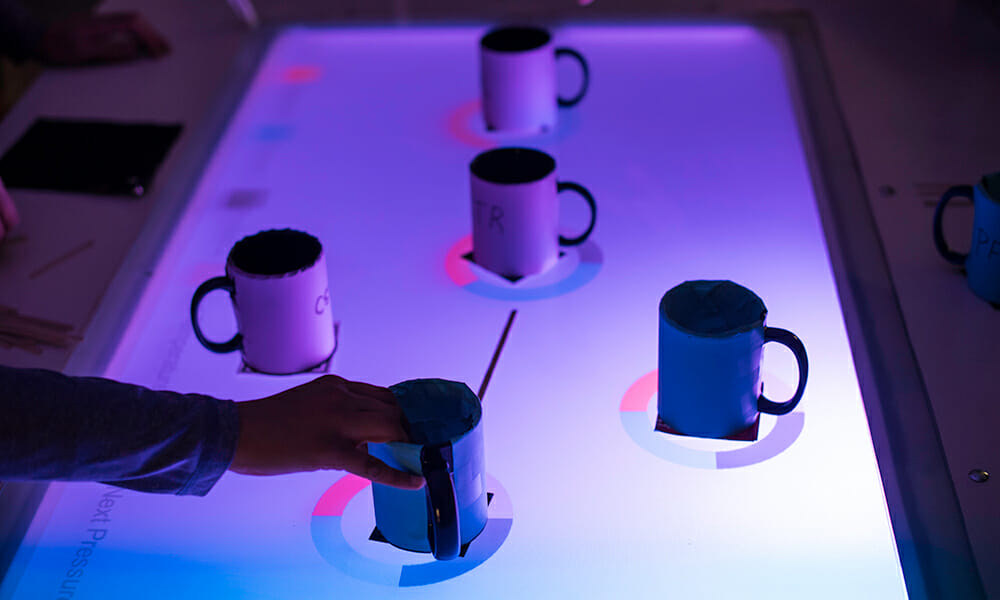
Articles
Some Recent Educational Uses of AR Innovate; Others Catch a Ride on the Bandwagon
By Henry Kronk
February 24, 2018
While it made a significantly bigger splash in 2017, in recent months, virtual reality (VR) has given ground to augmented reality (AR), especially in the education space. Last week, we reported how a Western Michigan Professor of Aviation has helped create an AR simulation of a plane’s anatomy along with a flight simulator. AR has also demonstrated uses in the field of medicine. Professors and students at Imperial College London recently used AR in the operating theater to see a person’s x-ray superimposed on their skin.
When it comes to AR, there’s a distinction to be drawn. Some efforts truly make use of the new technology, allowing educators and learners to approach old material in new ways that were previously impossible. Other implementations of AR use the technology because it’s shiny. True, engagement is always a primary concern in any education, and new technology can certainly boost a learner’s interest. And a few of the following examples hit both marks. We’ll let you decide just how innovative these following uses of AR in the classroom can be.
AR Chemical Plant Operations at the University of Rochester
As part of a recent chemical engineering course at U of R, a few students were invited into a small room with a glass table covered with coffee mugs and popsicle sticks. The mugs represented 10 cubic meter reactors while the popsicle sticks became pipes that connected them. Students could also access a nob that could control the temperature inside each reactor. That chemicals that mixed virtually within these reactors were represented down to the molecule.

“We’re trying to use AR as a way to enable new types of STEM (science, technology, engineering, and math) undergraduate laboratories that weren’t possible before,” said Andrew White, assistant professor of chemical engineering in a statement.
“What we’ve done is build a hands-on, tactile, collaborative lab where students can explore putting together multiple reactors at different temperatures, and see what effect this has on optimizing a chemical reaction.”
The team who developed the chemical plant simulation hopes to connect it to the university’s mainframe and allow for more simulations with more complicated factors. As a next project, they hope to represent the fallout from oil spills.
(As an aside, Professor White is a big believer in open educational resources (OED). He’s uploaded all of his lectures and educational material to Jupyter Notebook.)
An AR App for Speech Pathology
One major aspect of speech pathology is phonetics. To become a professional in the field, learners need to be able to use the International Phonetic Alphabet (IPA), a universally-recognized system of symbols that correlate to the various sounds of human speech. Speech pathologists need to be able to use the IPA to transcribe a patients’ speech.
Two professors along with a team of undergrads at Baldwin Wallace University have begun to develop an AR app to test students on their use of the IPA. Much like Pokemon Go, as students walk around, different IPA transcription challenges will materialize.
“We’re hoping that we can build upon a variety of different interfaces to do a whole bunch of different things,” Professor Andrew Watkins, who teaches computer science, told The Exponent, the student paper. “Maybe it’s learning this material. Maybe it’s helping clinicians train. It just depends on where we can go from there, but for right now, this is sort of our beginning project on how we could use augmented reality technology in Speech-Language Pathology training.”
A Silicon Valley Startup Will Distribute AR Teaching Tools to Myanmar Schools
360ed, an effort from the Singularity University, a Silicon Valley think tank, has developed a few AR based learning modules to teach English to 1st graders, and to teach biology and chemistry to 10th graders.
The teaching aids consist of a series of flash cards. When a learner scans the cards with his or her mobile device, three-dimensional images will appear, helping learners memorize the words of a new languages, molecular structures, and the building blocks of life.
“I hope children’s learning process and understanding will improve over what they try to learn by heart,” said U Yan Min Aung, managing director for 360ed, according to the Myanmar Times.
Honorable Mention: A VR Sim to Help Med Students Treat Patients with PTSD
No, it’s not AR, but it’s a pretty cool idea. Post traumatic stress disorder (PTSD) is still a poorly understood condition that requires extreme dexterity on the part of the psychologist when treating a patient.
A psychology professor at the University of Southern California Institute for Creative Technologies, Skip Rizzo, has developed a VR simulation that puts students in front of virtual patients. “It gives novice clinicians a chance to mess up a bunch with a virtual patient, before they get their hands on a live one,” Rizzo said, according to JAMA.
Some of these applications of new technology are really innovative. We’re very excited to see where AR ends up in 2018.








One Comment